Home>Technology>Home Entertainment Systems>How Many Watts Does A Television Use?
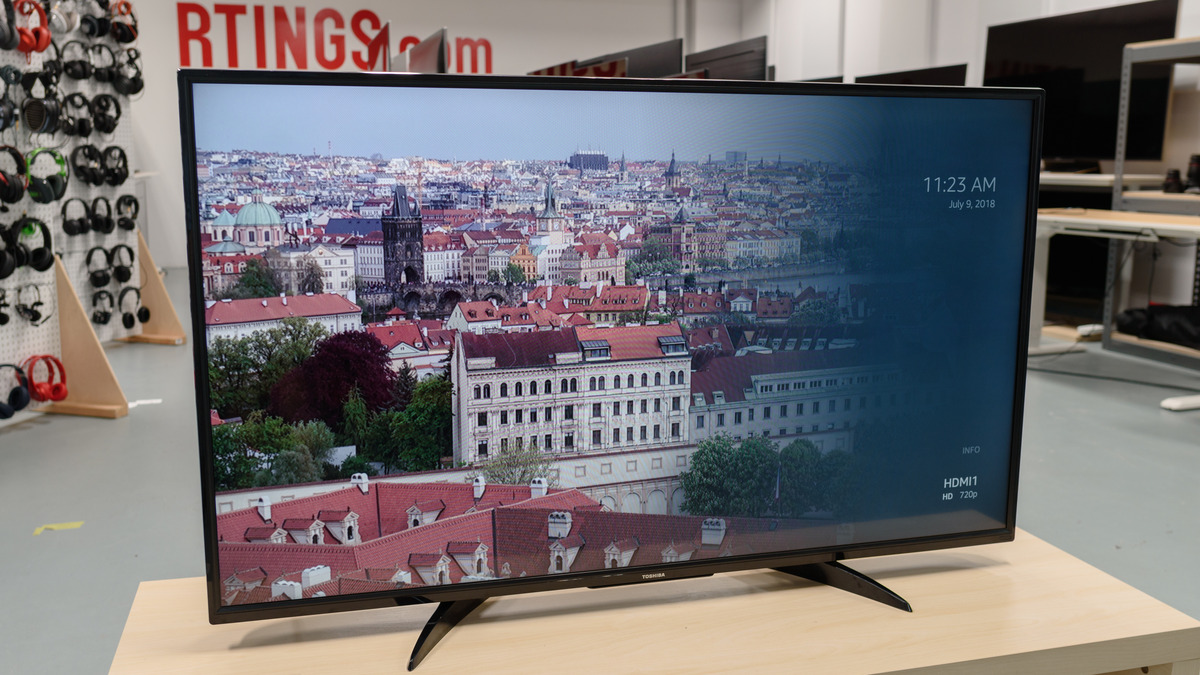

Home Entertainment Systems
How Many Watts Does A Television Use?
Modified: August 27, 2024
Discover the energy consumption of home entertainment systems. Learn how many watts a television uses and optimize your power usage. Explore more with our expert guide.
(Many of the links in this article redirect to a specific reviewed product. Your purchase of these products through affiliate links helps to generate commission for Storables.com, at no extra cost. Learn more)
Introduction
Television technology has evolved significantly over the years, offering consumers a diverse range of options, from energy-efficient models to large, high-definition screens. As a result, understanding the power consumption of televisions has become increasingly important for both environmental and economic reasons. In this article, we will delve into the intricate world of television power usage, exploring the factors that influence energy consumption, methods for measuring power usage, and practical tips for reducing energy consumption without compromising the viewing experience. By gaining insight into the intricacies of television power consumption, consumers can make informed decisions and contribute to a more sustainable and cost-effective home entertainment setup.
Key Takeaways:
- Understanding Television Power Consumption
Television power usage is influenced by factors like screen size, technology, brightness settings, and smart features. Understanding these factors helps consumers make energy-efficient choices for a sustainable home entertainment setup. - Tips for Reducing Television Power Consumption
To save energy while enjoying TV, opt for energy-efficient models, adjust brightness settings, enable power-saving features, manage standby power, utilize energy-efficient modes, limit smart feature usage, and keep the TV well-maintained.
Read more: How Many Watts Does A Kegerator Use?
Understanding Television Power Consumption
Television power consumption refers to the amount of electrical energy utilized by a television set during operation. This energy is predominantly consumed by the display panel, backlighting, audio components, and internal electronics. The power consumption of a television is typically measured in watts, with modern televisions varying widely in their energy usage based on factors such as screen size, display technology, and usage patterns.
One of the primary contributors to power consumption is the screen size and technology. Larger screens generally require more energy to operate, with older plasma and cathode ray tube (CRT) televisions being notably less energy-efficient compared to modern LED, OLED, and QLED displays. Additionally, the brightness and color settings of a television can impact its power usage, as higher brightness levels and vivid color profiles often demand more energy.
Moreover, the audio system integrated into a television can also influence its power consumption. Televisions equipped with advanced sound systems or external speakers may consume more power during operation. Furthermore, smart features, such as voice recognition, gesture control, and internet connectivity, can contribute to a television’s overall energy usage.
Understanding the intricacies of television power consumption empowers consumers to make informed decisions when selecting a television, considering the environmental impact and long-term energy costs. By comprehending the factors that influence power consumption, individuals can align their preferences with energy-efficient technologies, ultimately contributing to a more sustainable and economical home entertainment setup.
Factors Affecting Television Power Usage
Television power usage is influenced by a multitude of factors, each playing a distinct role in determining the overall energy consumption of a television set. Understanding these factors is crucial for consumers seeking to optimize energy efficiency without compromising on viewing quality.
- Screen Size and Technology: The size and technology of the display significantly impact power usage. Larger screens generally require more energy to operate, with older CRT and plasma televisions consuming more power compared to modern LED, OLED, and QLED displays.
- Brightness and Color Settings: The brightness and color settings of a television can affect power consumption. Higher brightness levels and vivid color profiles often demand more energy, influencing the overall power usage of the television.
- Audio System: The integrated audio system or external speakers can contribute to power consumption. Televisions equipped with advanced sound systems may consume more power during operation.
- Smart Features: Smart features, such as voice recognition, gesture control, and internet connectivity, can impact a television’s energy usage. These features often require additional power to operate and maintain connectivity.
- Usage Patterns: The frequency and duration of television usage also play a significant role in power consumption. Televisions used for extended periods consume more energy than those used sparingly.
- Standby Power: Standby power, also known as vampire power, refers to the energy consumed by a television when it is in standby mode. Minimizing standby power usage through efficient standby modes and power management features can contribute to overall energy savings.
By considering these factors, consumers can make informed decisions when selecting a television, aiming to strike a balance between energy efficiency and viewing preferences. Manufacturers continue to innovate in the realm of energy-efficient television technologies, offering consumers an array of options to align with their sustainability goals and budgetary constraints.
Consider purchasing an Energy Star certified TV, which typically uses 25-30% less energy than standard models. This can help reduce your electricity bill and minimize your environmental impact.
Measuring Television Power Consumption
Measuring television power consumption is essential for understanding the energy usage of a television set and making informed decisions regarding energy efficiency. There are several methods and considerations involved in accurately assessing a television’s power consumption.
Wattage Rating: The wattage rating of a television, typically indicated on the product label or in the user manual, provides an estimate of the maximum power the television can consume. However, this rating represents the peak power usage and may not reflect the actual energy consumption during typical usage scenarios.
Kill-A-Watt Meter: Using a device such as a Kill-A-Watt meter, consumers can measure the actual power consumption of their televisions. By plugging the television into the meter, users can monitor real-time power usage, providing valuable insights into the energy consumption patterns of the television during various modes of operation.
Energy Efficiency Labels: Many countries require televisions to display energy efficiency labels, providing consumers with standardized information on power consumption. These labels often include an energy efficiency rating, annual energy consumption, and other relevant details to aid consumers in comparing the energy efficiency of different television models.
Manufacturer Specifications: Manufacturers often provide detailed specifications regarding the power consumption of their television models. These specifications encompass power usage in different modes, such as standby, active viewing, and energy-saving modes, offering consumers a comprehensive understanding of a television’s energy efficiency characteristics.
By leveraging these methods and resources, consumers can gain a comprehensive understanding of a television’s power consumption, enabling them to make informed choices aligned with their energy efficiency goals and preferences. Additionally, staying informed about energy efficiency regulations and advancements in television technologies empowers consumers to stay abreast of the latest developments in the realm of energy-efficient home entertainment systems.
Tips for Reducing Television Power Consumption
Efficient management of television power consumption can lead to substantial energy savings while maintaining an optimal viewing experience. By implementing the following tips, consumers can reduce the energy usage of their televisions without sacrificing visual quality or functionality.
- Opt for Energy-Efficient Models: When purchasing a new television, consider energy-efficient models with LED, OLED, or QLED display technologies. These modern technologies offer superior energy efficiency compared to older CRT or plasma televisions.
- Adjust Brightness and Color Settings: Optimizing the brightness and color settings of the television can significantly impact power consumption. Adjust these settings to a comfortable level while minimizing unnecessary energy usage.
- Enable Power-Saving Features: Many televisions offer power-saving features that automatically adjust the display brightness based on ambient lighting conditions. Enabling these features can lead to notable energy savings without compromising viewing quality.
- Manage Standby Power: Utilize power strips or smart plugs to completely power off the television and associated devices when not in use. This prevents standby power consumption, also known as vampire power, which can contribute to significant energy waste over time.
- Utilize Energy-Efficient Modes: Take advantage of energy-saving modes provided by the television, such as eco-mode or energy-saving presets. These modes optimize power consumption without compromising the viewing experience.
- Limit Smart Feature Usage: Smart features, such as voice recognition and internet connectivity, can consume additional power. Use these features judiciously to minimize unnecessary energy usage.
- Regular Maintenance: Keep the television and its ventilation pathways clean and unobstructed. Proper ventilation ensures efficient heat dissipation, which can impact the overall energy efficiency of the television.
- Upgrade Older Televisions: If feasible, consider upgrading older, energy-inefficient televisions to modern, energy-efficient models. The energy savings over time can offset the initial investment.
By incorporating these strategies into their television usage habits, consumers can proactively reduce energy consumption while enjoying an immersive and sustainable home entertainment experience. Additionally, staying informed about energy-efficient technologies and industry advancements enables consumers to make well-informed decisions when upgrading or replacing their televisions.
Read more: How Many Watts Does A Projector Use
Conclusion
Understanding the intricacies of television power consumption is paramount in today’s era of diverse home entertainment systems. As consumers strive to balance technological advancements with environmental consciousness and cost-effectiveness, the factors influencing television power usage, methods for measuring power consumption, and practical tips for reducing energy usage play pivotal roles in shaping informed decisions and sustainable habits.
By comprehending the impact of screen size, display technology, audio systems, smart features, and usage patterns on power consumption, consumers can navigate the array of television options to align with their energy efficiency goals and viewing preferences. Measuring television power consumption through wattage ratings, energy efficiency labels, and real-time monitoring tools empowers consumers to make informed choices and optimize energy usage without compromising on entertainment quality.
Moreover, the implementation of energy-saving strategies, such as opting for energy-efficient models, adjusting display settings, managing standby power, and leveraging energy-saving modes, enables consumers to proactively reduce energy consumption and contribute to a more sustainable and cost-effective home entertainment setup. By staying abreast of energy-efficient technologies and industry advancements, consumers can make well-informed decisions when selecting, operating, and maintaining their televisions, ultimately fostering a more energy-conscious and enjoyable viewing experience.
In this era of technological innovation and environmental awareness, the journey toward efficient television power consumption is a collaborative effort, uniting consumers, manufacturers, and industry stakeholders in the pursuit of sustainable home entertainment solutions. Through informed decision-making, conscious usage habits, and ongoing advancements in energy-efficient technologies, the realm of television power consumption continues to evolve, offering consumers the opportunity to embrace energy efficiency without compromising the joy of immersive entertainment.
Frequently Asked Questions about How Many Watts Does A Television Use?
Was this page helpful?
At Storables.com, we guarantee accurate and reliable information. Our content, validated by Expert Board Contributors, is crafted following stringent Editorial Policies. We're committed to providing you with well-researched, expert-backed insights for all your informational needs.
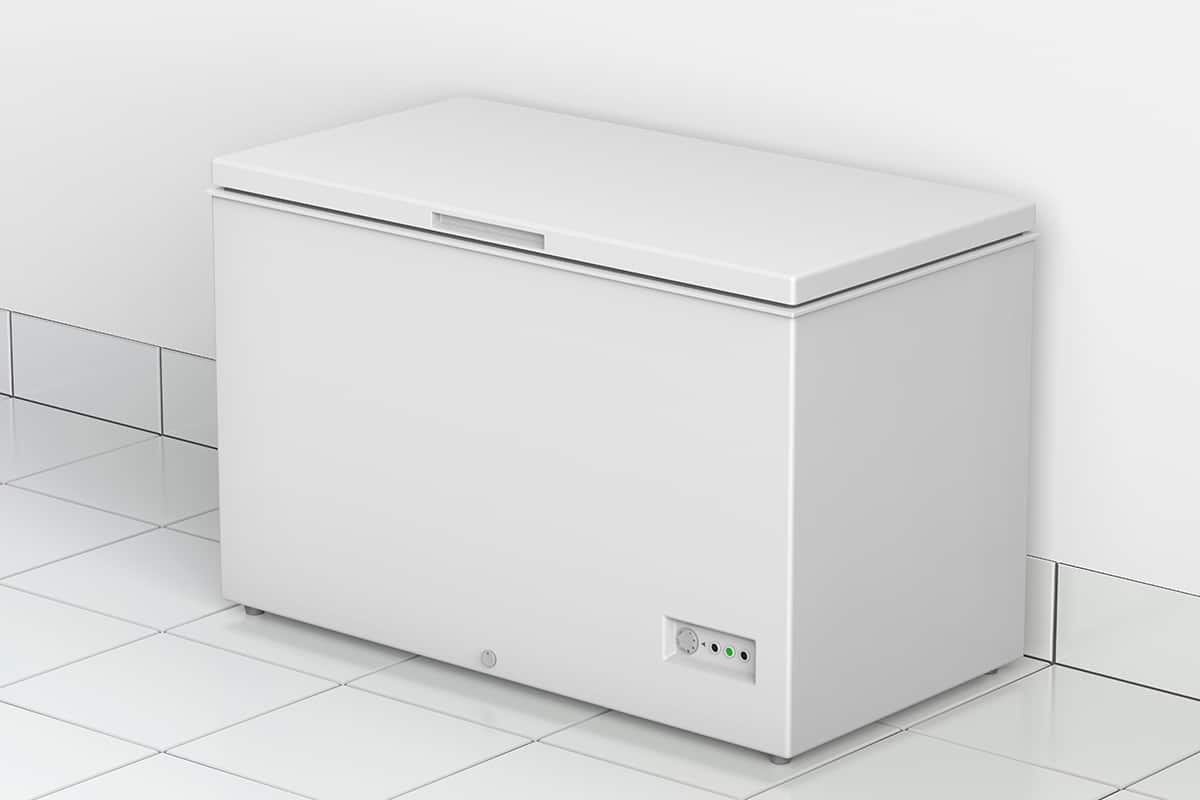
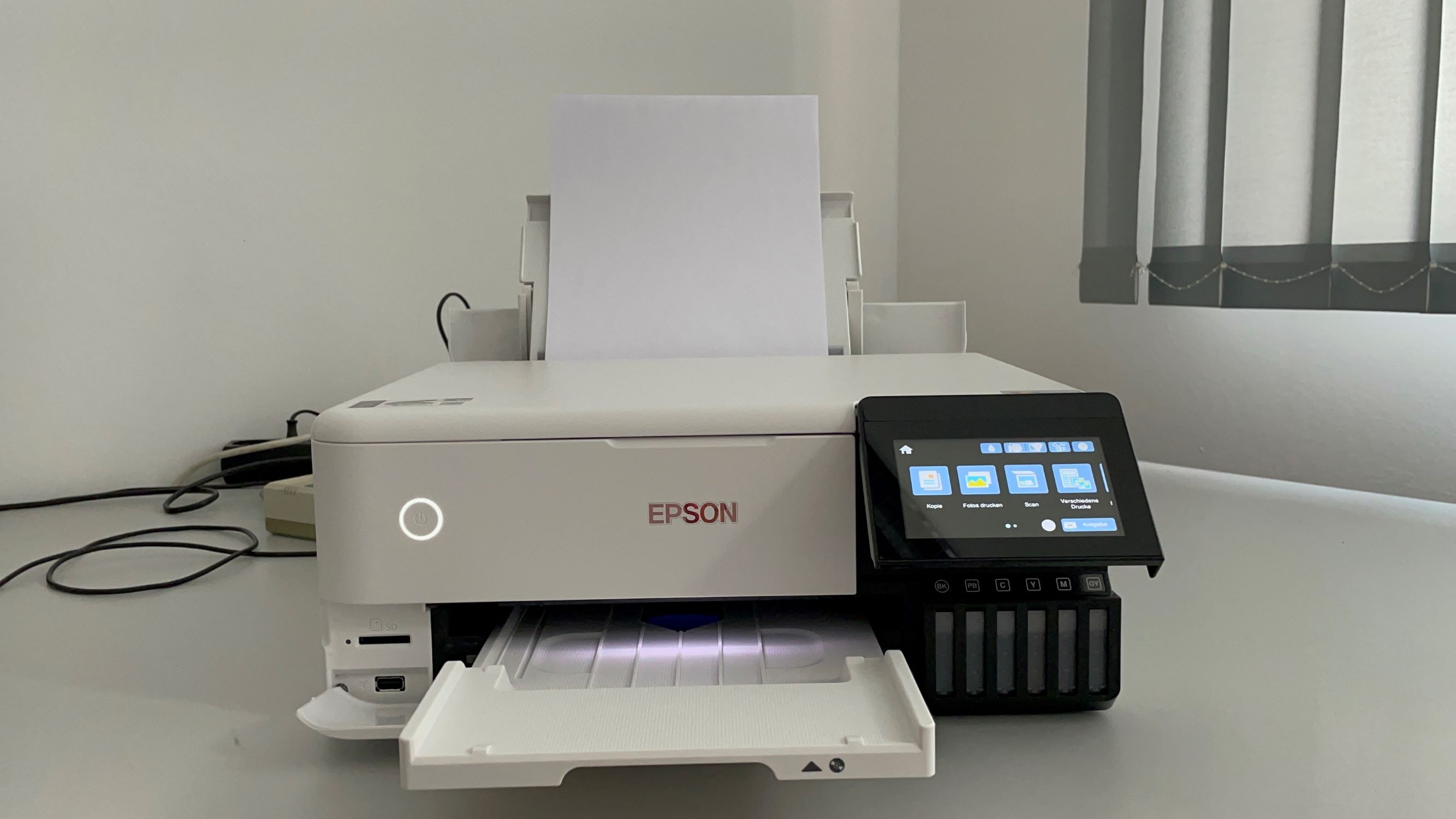
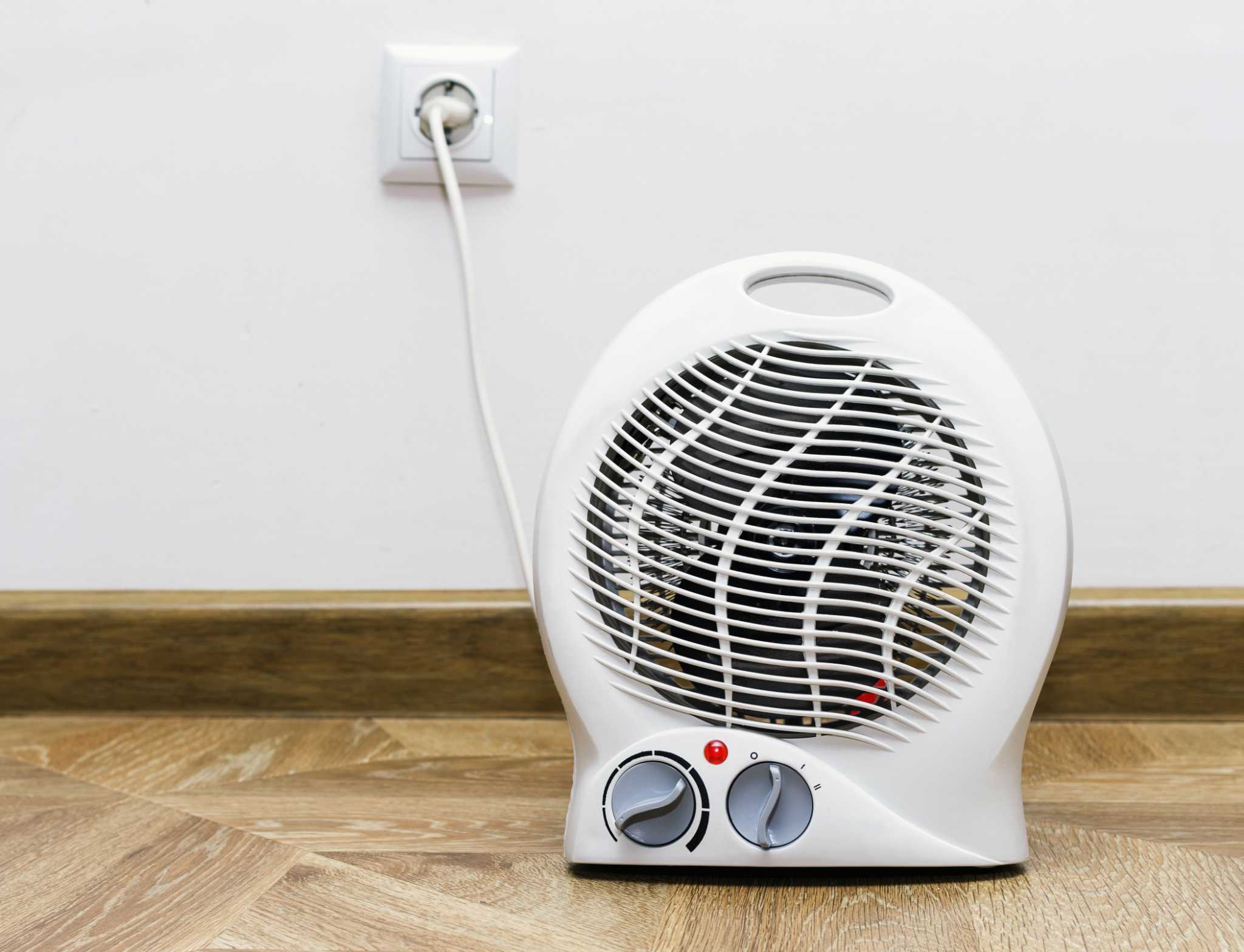
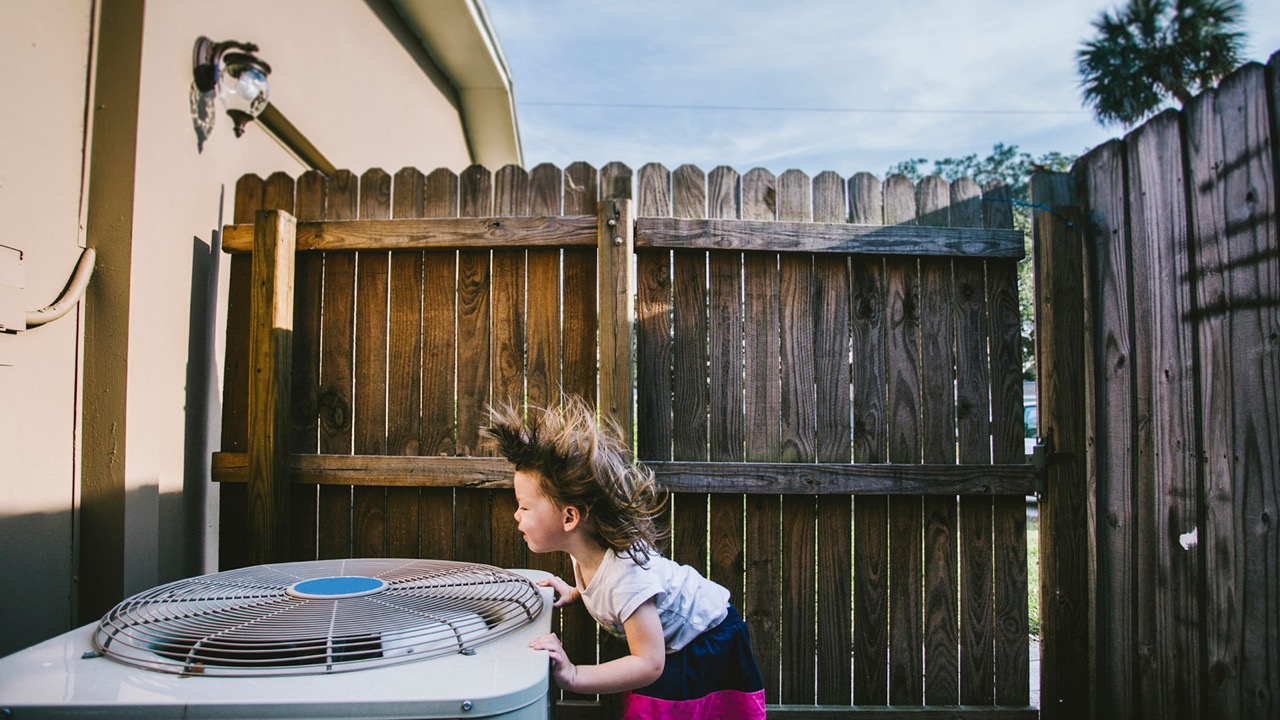
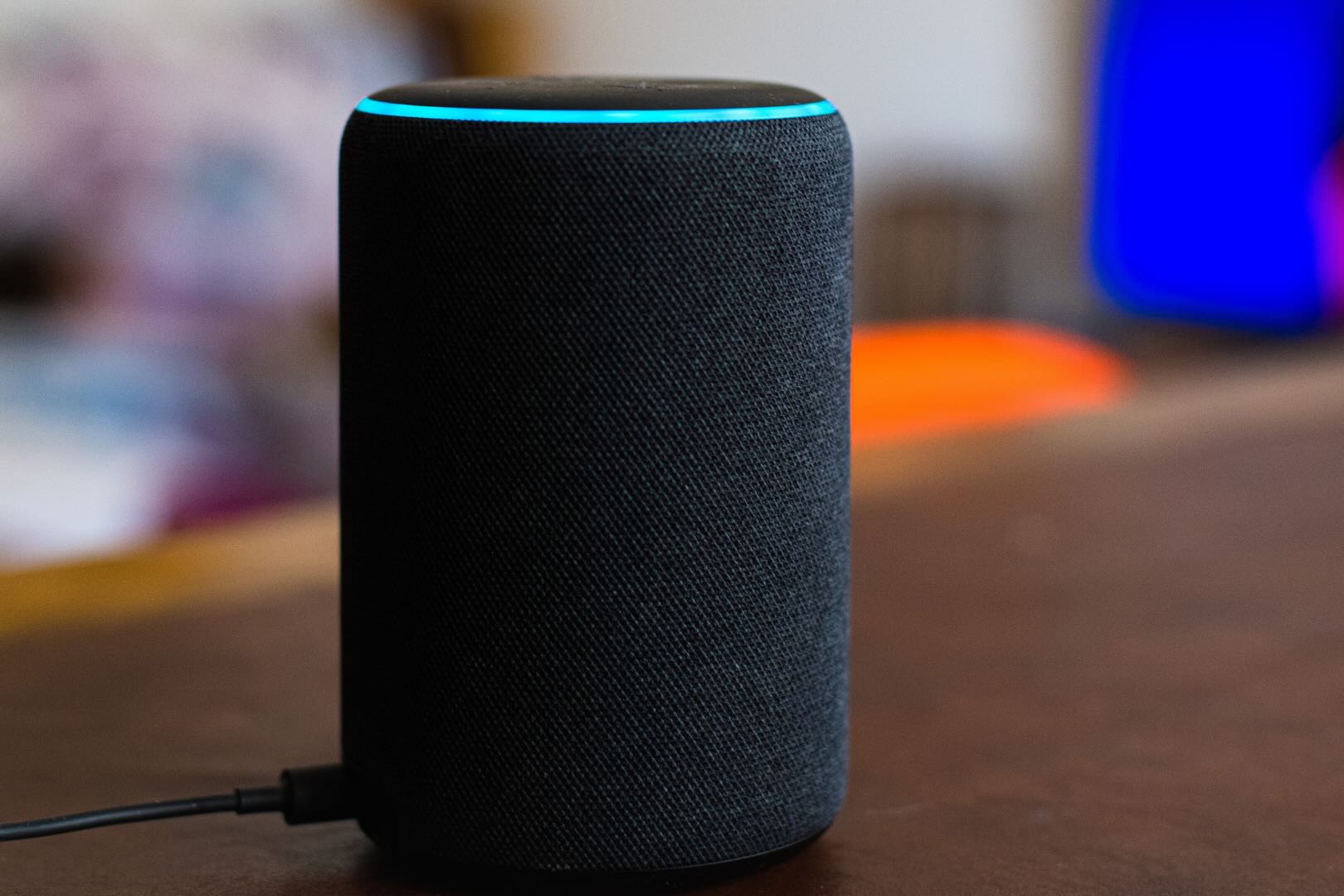

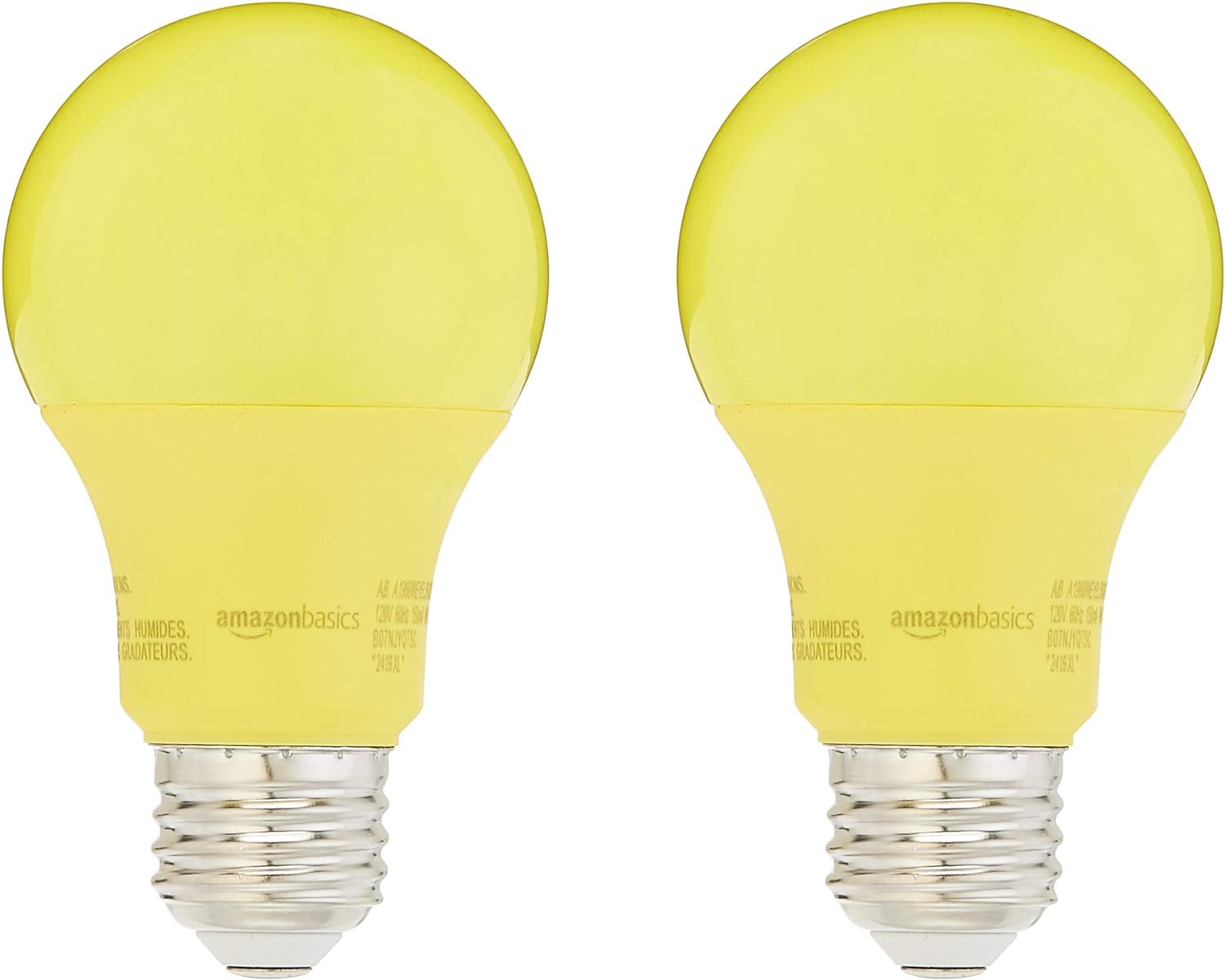
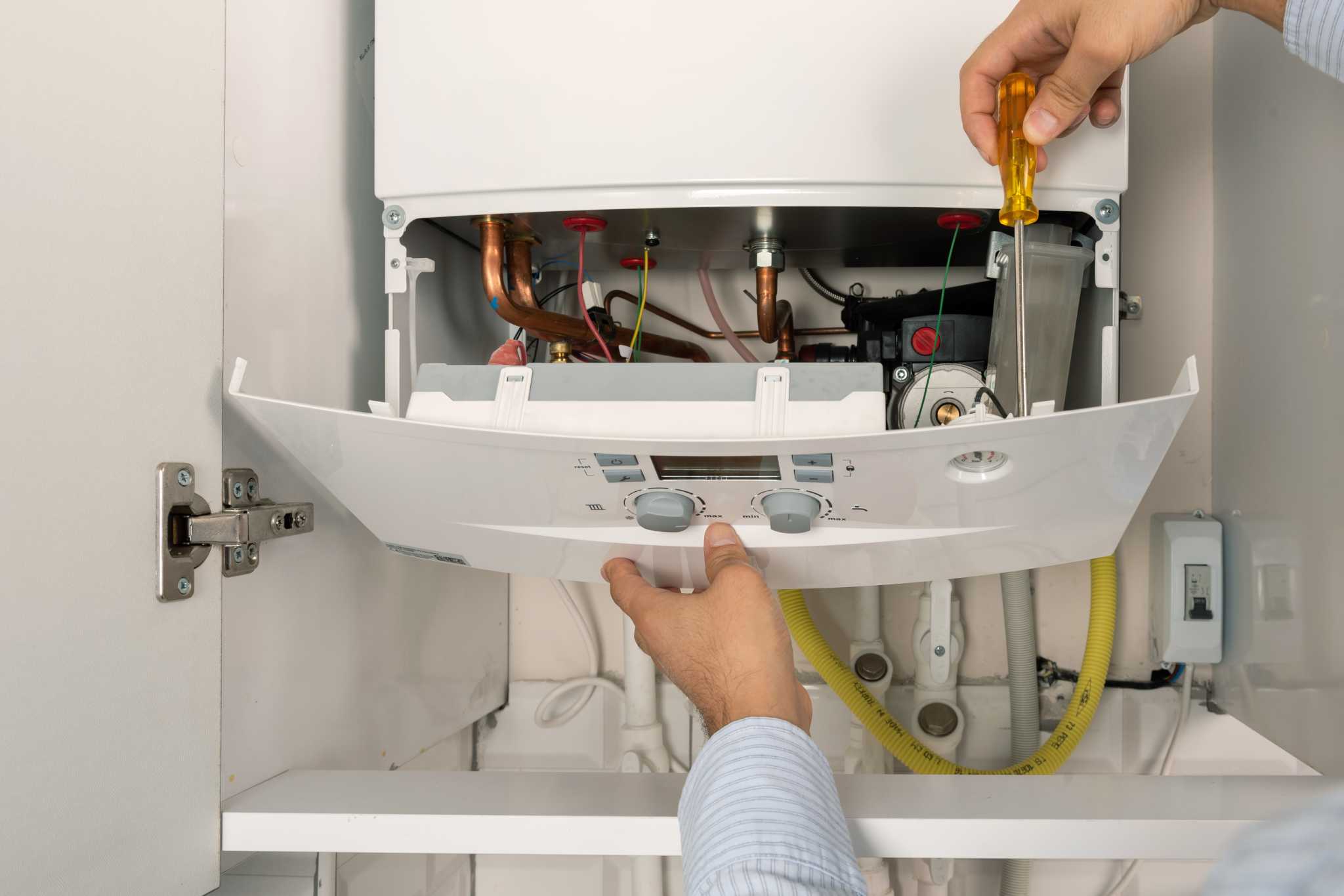



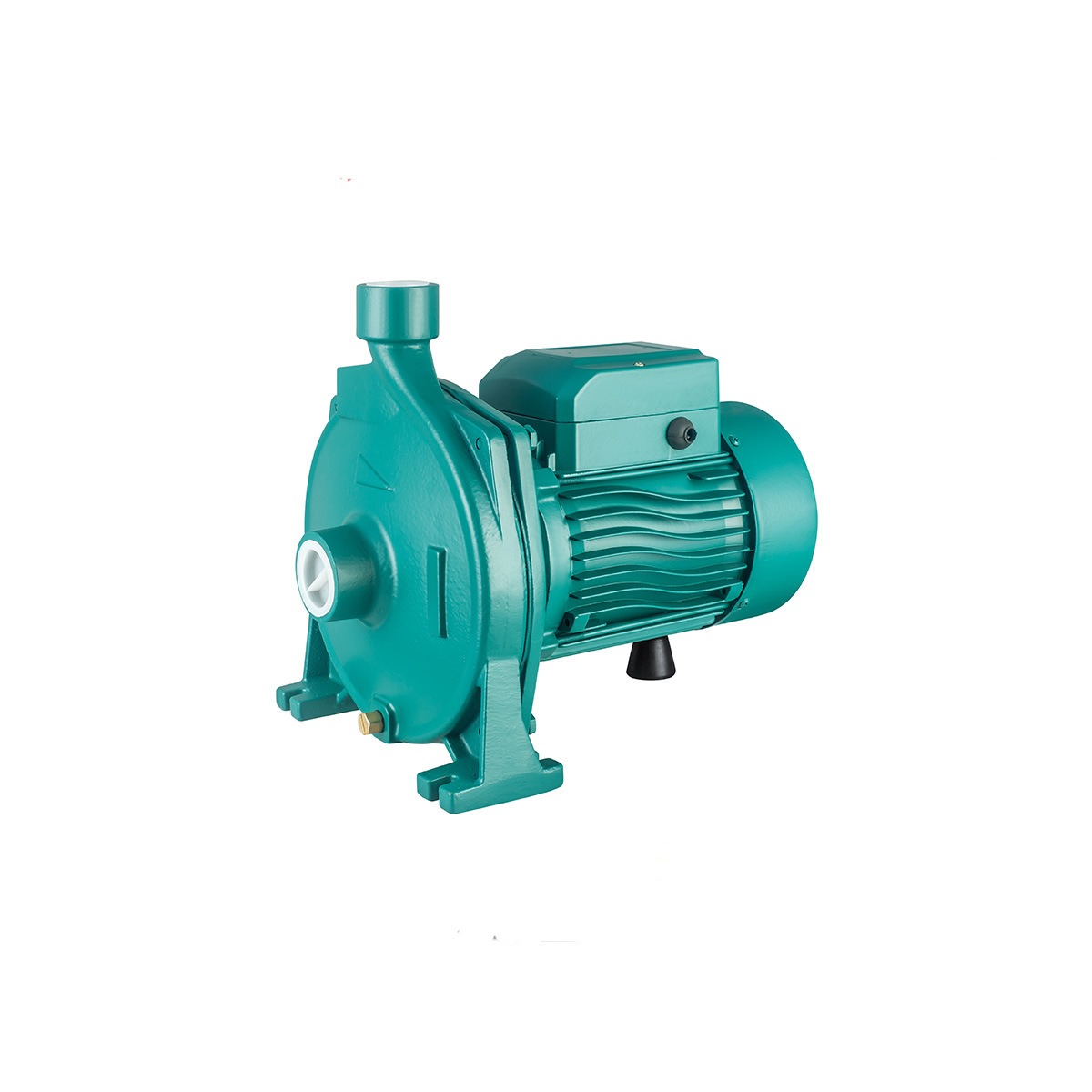

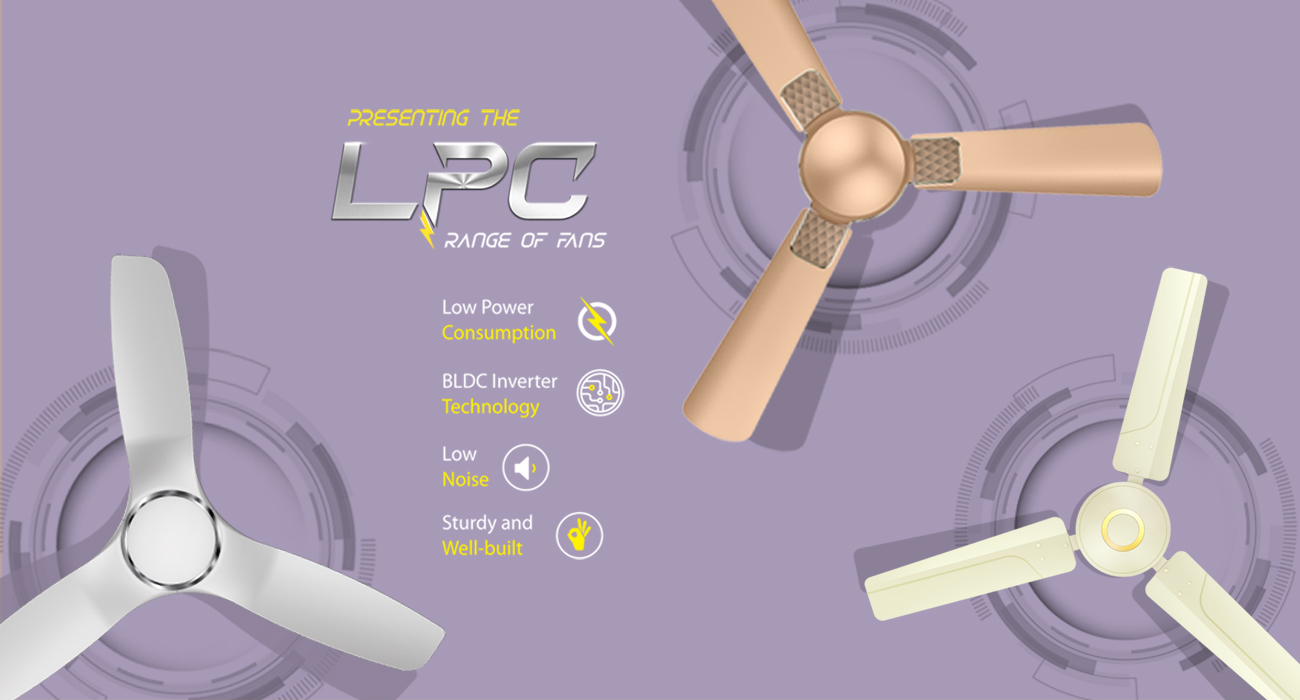

0 thoughts on “How Many Watts Does A Television Use?”